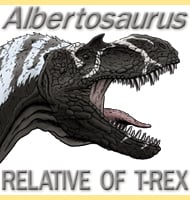In Depth
Superficially, Pareiasaurus is very similar to its relative Scutosaurus. The main differences between the two are the way the legs support the body. In Scutosaurus the legs are directly underneath the body, giving it a much taller appearance. The legs of Pareiasaurus however came out from the sides in a more familiar reptilian fashion like todays lizards. This means that Pareiasaurus would have carried itself nearer to the ground than Scutosaurus suggesting a specialisation in feeding off very low growing vegetation. A further adaption for a herbivorous lifestyle, Pareiasaurus had leaf shaped teeth and a toothed palate to grind vegetation against.
Further Reading
– The Armour of the Extinct Reptiles of the Genus Pareiasaurus – Proceedings of the Zoological Society of London Vol 78, Issue 3, p605–610 – H. G. Seeley – 1908. – Notes on the possible evidence of the presence of a Pareiasaurus-like reptile in the Conemaugh Series of West Virginia. – West Virginia Geological Survey: Braxton and Clay Counties 817-821 – E. C. Case – 1917. – New genera and species of tetrapods from the Karroo Beds of South Africa. – Journal of Paleontology 11(7):613-619 – E. C. Olsen & R. Broom – 1937.










